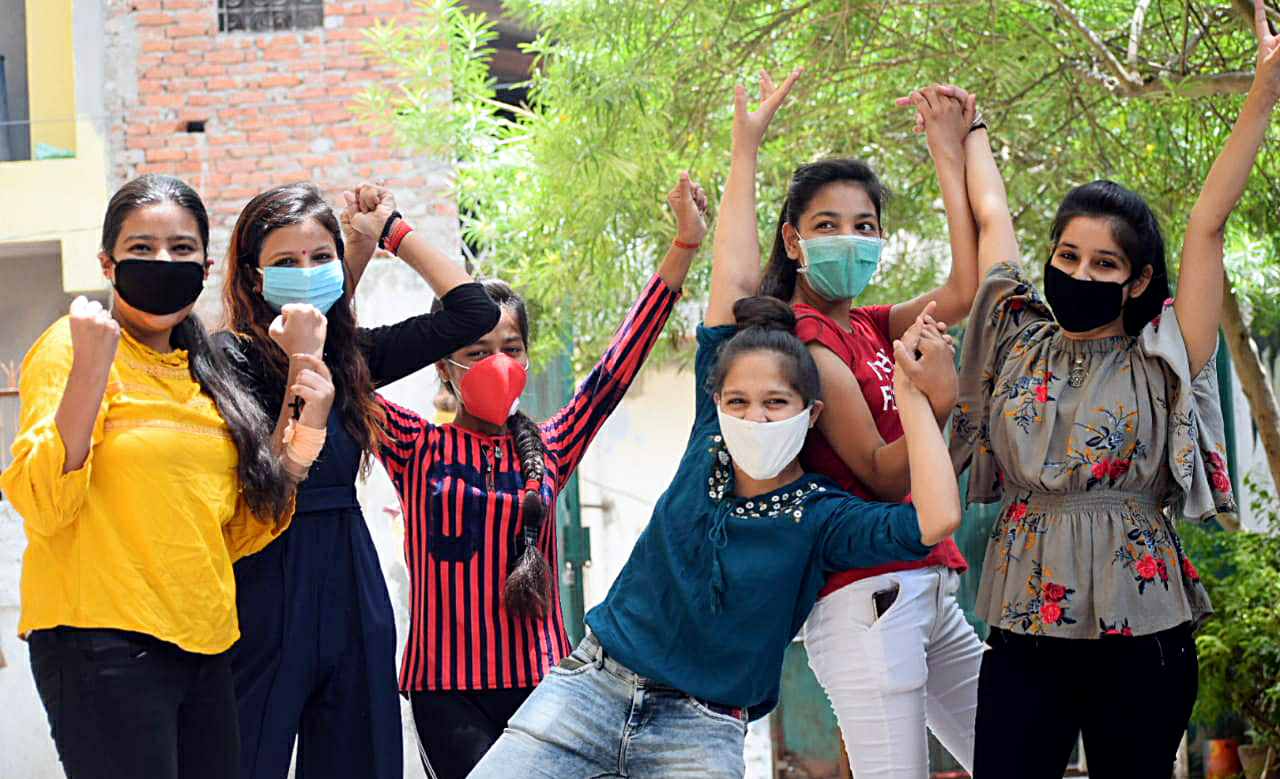
Introduction
The recent news of a minor girl who lost her life by murder by her 30-year-old brother, who mistook her sister’s menstrual blood for a sign of an affair, caused shockwaves across the country and social media. This tragic news drew the attention of the community towards the ignorance paid towards the menstrual health and hygiene issues faced by 375 million women and girls in India.
The Menstrual Reality
Way back in 1979, Gloria Steinem, a feminist writer, said in her paper, “If Men Could Menstruate,” that “if men could menstruate and women could not, menstruation would become an enviable, worthy, masculine event. Men would brag about how long and how much If men menstruated, they would own it.”
However, when it comes to ‘women’struation, according to the recent National Family Health Survey-5, while almost 78 percent of young women used a hygienic period product (mostly sanitary pads), around 50 percent continued to use cloth, particularly in rural areas. The COVID-19 pandemic disrupted the education of over a billion students, with more than 150 million being Indian girl students. A recent study investigating school absenteeism found that 1 in 4 girls aged 10 to 19 miss school due to menstrual issues. In light of these commonly stated compelling statistics, a fundamental question arises: What constitutes effective menstrual health management education? Furthermore, there is a need to scrutinise the notion that women should shoulder the exclusive responsibility of this educational process—it is a “woman’s” problem—and identify the relevant stakeholders.
Effective Menstrual Health Management Education
Menstrual hygiene management is not just about the provision of sanitary napkins. As per The WHO/Unicef Joint Monitoring Programme 2012, it involves women and adolescent girls using clean menstrual materials, changing them privately as needed, washing the body, and having safe facilities for disposal, and emphasises understanding the menstrual cycle.
When taking a look at the occurrence of keywords such as menstrual health management and hygiene in the New Education Policy of 2020, one notices a dearth of the same. These are extremely important for the overall proper psychological and physiological development of boys and girls going through puberty. So while the policy lacks talk about “sanitation” and “hygiene,” it does so in the context of the infrastructural requirements of the school and not in relation to menstrual hygiene management. It also fails to talk about a comprehensive puberty education programme including both boys and girls with equal focus to sensitise both boys and girls.
Policy Initiatives and Challenges
In the last decade, policy-making in India has increasingly focused on menstrual health, such as the National Menstrual Hygiene Scheme launched in 2011 and the Rashtriya Kishor Swasthya Karyakram launched in 2014. However, despite these measures, menstrual health in India is still largely governed by taboos and a lack of information. This is evident in the data regarding menstrual hygiene management in NFHS-5. For example, some states in India, such as Bihar, Meghalaya, and Madhya Pradesh, have a low percentage (lower than the national average) of use of adequate menstrual protection products – 59%, 65.6%, and 61%, respectively. At the legislative level, the Menstruation Benefit Bill, which was introduced in Parliament in 2018 by Shri Ninong Ering, was withdrawn by members on the grounds that it was an “unclean” topic.
It is the very circle of misinformation and taboos that start with what is shown in the media and the way periods are talked about in our family circles. Sanitary napkin advertisements in India perpetuate problematic notions by encouraging concealing periods by suggesting that their products prevent staining. This is done by using blue gel instead of red blood, further stigmatising menstrual blood as “unclean”. These ads misinform children and promote a “culture of silence” by avoiding explicit mention of menstruation and using code words to talk about the time when you menstruate.
What is prominent is the failure to ensure a safe learning space for both young girls and boys about menstruation and menstrual health. Men and boys influence women’s and girls’ experiences of menstrual hygiene management through the multiple roles they occupy in our patriarchal society.
In this respect, a study in 2014 talks about the impact of the WaterAid and Vatsalya programmes (menstrual hygiene awareness) in 66 rural villages in Uttar Pradesh, which resulted in changed perceptions of men and boys towards menstruation, reducing the notion of “shame” and a 40 percent increase in the attendance of the girls during the assessment period of the project. This means that if made part of the process, men are seen as equal partners, which ensures greater support and leads to the successful empowerment of the whole community, especially women and girls.
So, while policies can lay the groundwork, societal mindset transformation demands a united front. Recent examples, such as the screening of “OMG 2,” shed light on sensitive issues like sex education and body anatomy in schools, enabling informed decisions for both boys and girls. “Padman” exemplified how men can play a crucial role in menstrual hygiene awareness. This showcases the transformative potential of cinema.
Numerous NGOs and professionals are actively engaged in destigmatising menstruation and promoting menstrual hygiene awareness. This commitment is also evident in a recent Supreme Court judgement mandating the government to develop a uniform policy for sanitary napkins and directing the government to provide data regarding their schemes geared towards tackling period poverty.
The Need of the Hour
Bridging the menstrual divide in India requires a multifaceted approach that addresses societal taboos, enhances education, involves both genders, and leverages various mediums for awareness. As the nation grapples with the aftermath of the recent tragedy, it’s crucial to turn collective attention towards fostering a more informed, empathetic, and supportive environment for menstrual health in India.
Dr Fauzia Khan, Member of Parliament, Rajya Sabha and former Minister of State for GAD, Education, Health, and WCD in the Government of Maharashtra
Pavani Joshi, Policy Consultant















